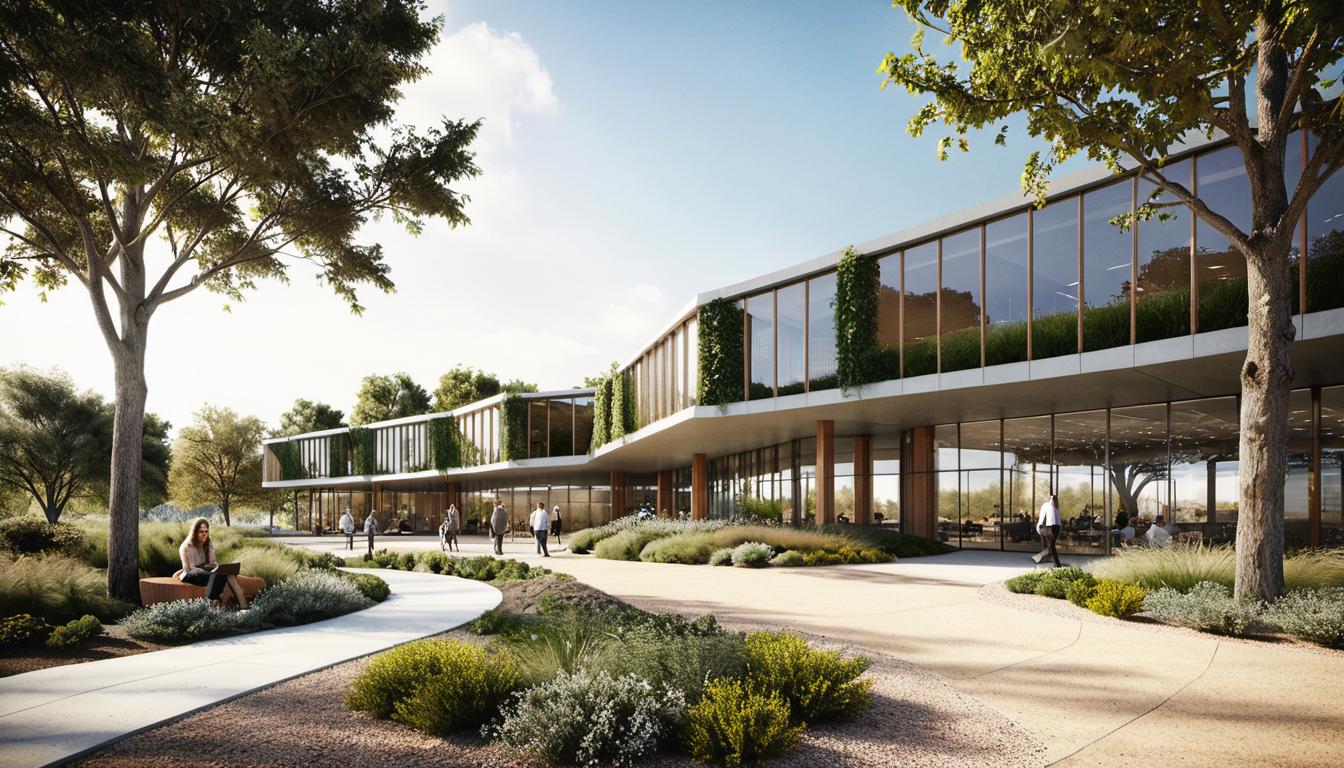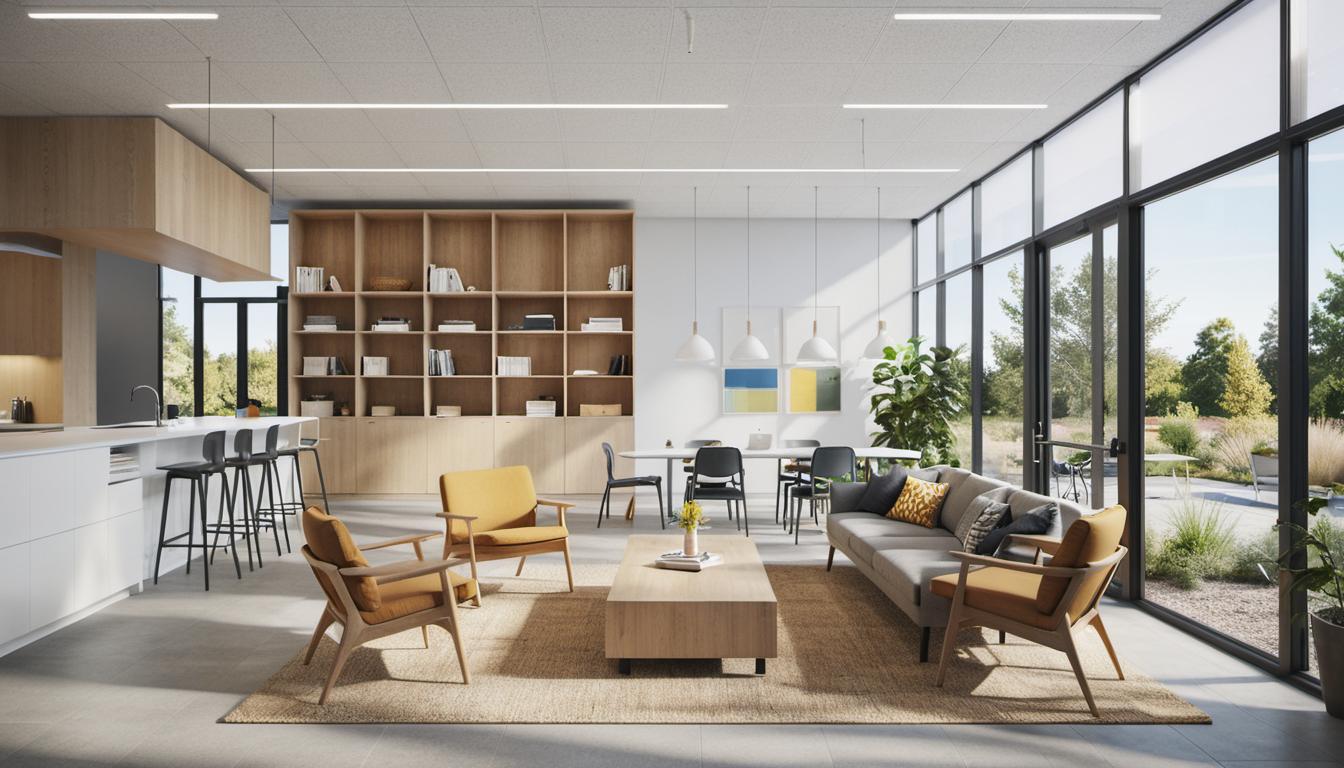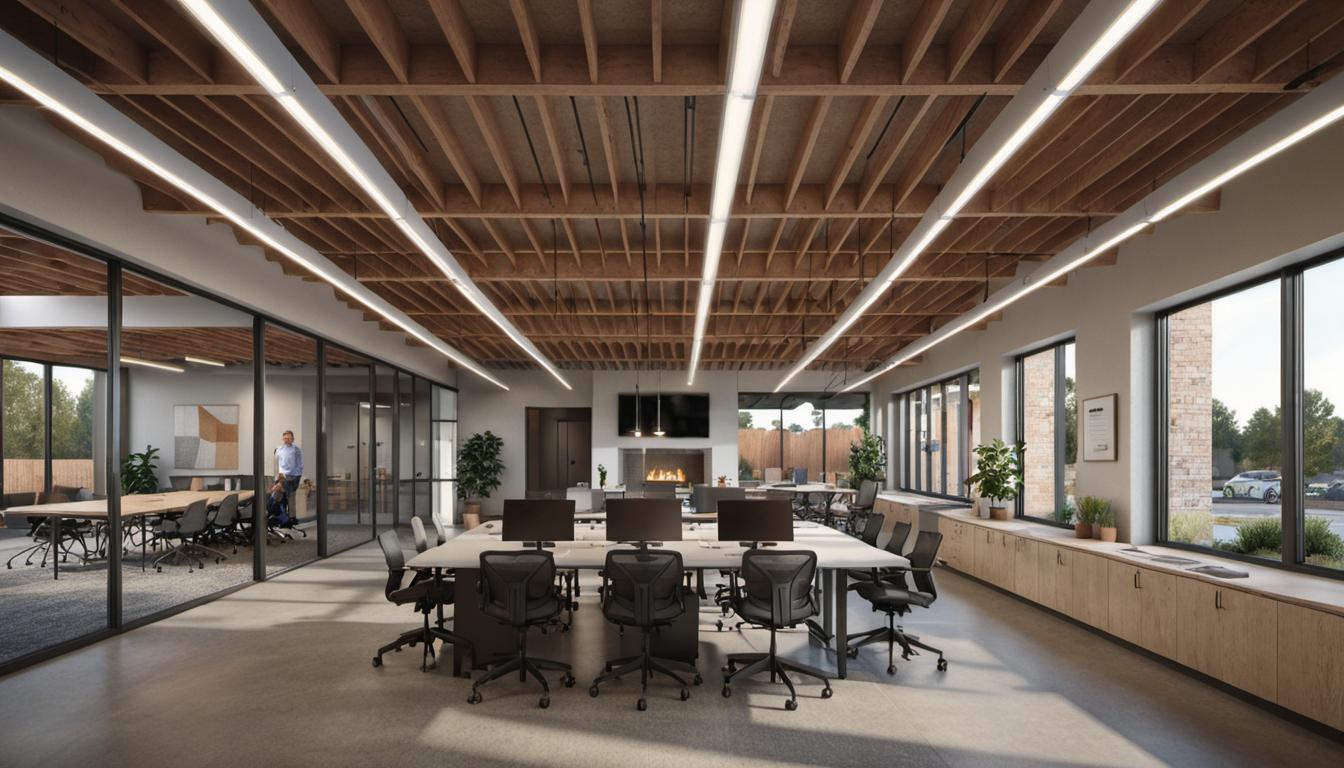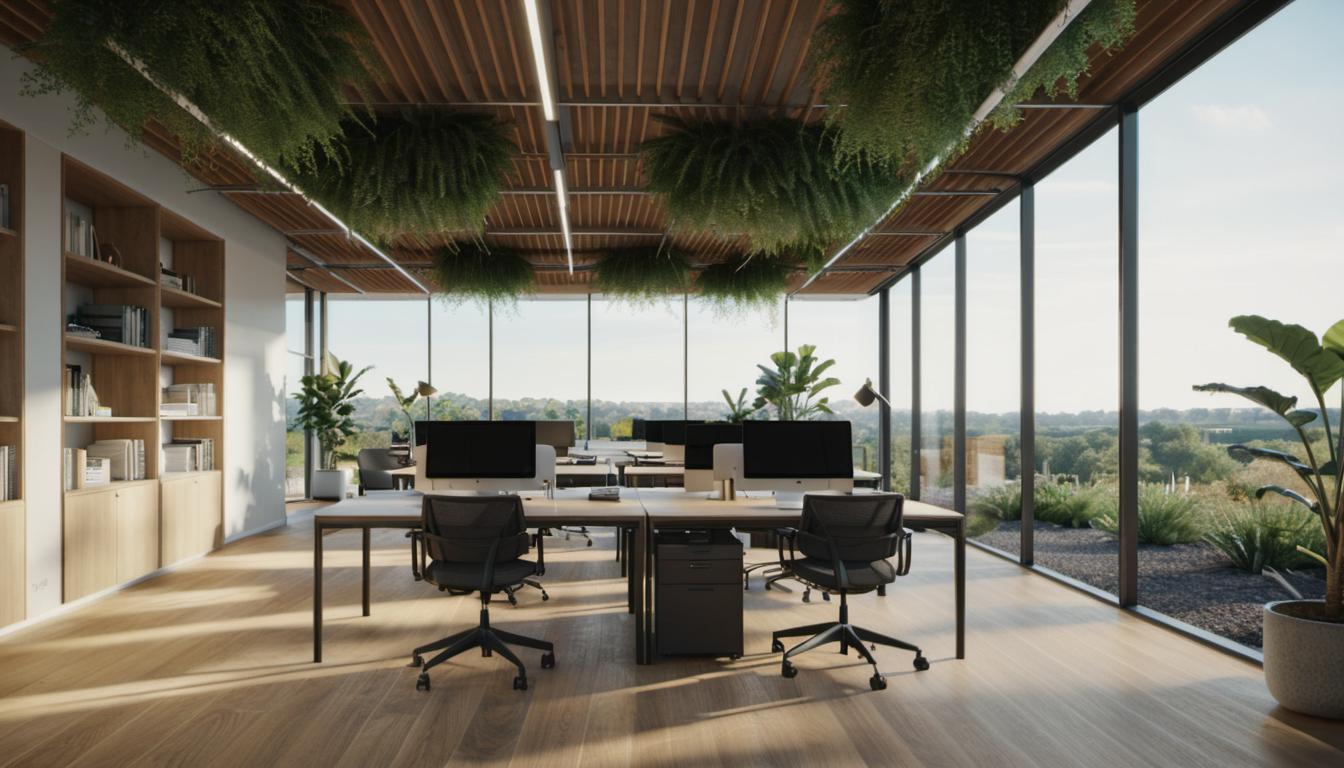Understanding Project Renderings and Their Importance
Project renderings are photorealistic 3D images of buildings or interiors, frequently employed in the architectural, design, and real estate industries. By transforming an abstract concept into a tangible, understandable illustration, these visualizations play a vital role in the planning and execution of architectural and design projects.
- Definition of project renderings: Project renderings make conceptual designs concrete. With the aid of state-of-the-art 3D technology, they create realistic, detailed, and tangible representations of proposed projects, enabling clients to visualize spaces before actual construction.
- Benefits of project renderings in communicating design ideas: Project renderings are an essential communication tool in the design process. They bridge the gap between professional designers’ ideas and clients’ understanding. By clearly depicting a project’s final look, they facilitate easier alterations and adjustments according to client preference.
- Role of project renderings in enhancing presentations, portfolios, and social media to attract potential clients: Project renderings provide undeniable aesthetic appeal and a profound professional touch to portfolios and presentations, impressing and captivating potential clients. Shared on social media, they can significantly bolster online engagement and attract wider audiences.
Top 5 Project Renderings That Appeal Most to Clients
Project renderings come in several forms, each with a different purpose and benefit. Here are five types of project renderings frequently preferred by clients.
-
External 3D Visualization
This technique is used predominantly in the industry to create lifelike digital images of a proposed building’s exterior. It justifies architectural choices, details landscape features, and provides a comprehensive view of the project, winning favor with clients and stakeholders.
-
Interior Rendering
Interior rendering focuses on visualizing the interior space, showcasing elements such as room layouts, furniture placements, and decor. By offering a real-time view of the proposed design, it helps clients understand the look and feel of interior spaces.
-
CG Panoramas
CG panoramas transform static 2D images into interactive 3D visualizations, providing clients an immersive 360-degree view of a project. This multilevel engagement ensures that clients get a closer, detailed look at the project, leaving no room for misunderstandings.
-
3D Animation
3D animations function as short movie presentations detailing every aspect of the project. These comprehensive tours offer a dynamic, lively, and realistic experience, heightening client engagement and understanding.
-
Virtual Tours
Virtual tours sequence panoramic photos into a video, augmenting text and sound if necessary, to provide clients a virtual walkthrough of the project. Renowned as the most immersive among all 3D rendering types, virtual tours offer an unequalled visual experience, triggering client approval.
Innovative 3D Rendering Techniques
With technological advancements, new rendering methods are emerging, reshaping the architectural and design industries with interesting, engaging approaches.
-
Dollhouse 3D Rendering
This technique presents architectural designs as if looking into a large, three-dimensional dollhouse, accurately capturing every detail from general layout to specific furniture arrangements and interior decorations.
-
Cutaway 3D Rendering
Cutaway rendering offers a peek into how a proposed architectural concept connects with the surrounding urban landscape, emphasising safety, accessibility, and functionality of the design concept.
-
Cinemagraphs
Cinemagraphs combine the quiet elegance of still images with the energy of animation. Simple, natural movements are superimposed on still backgrounds, leading to more captivating and engaging presentations.
-
Immersive 3D tours
Immersive 3D tours employ Pixel Streaming technology, facilitating real-time interaction with 3D visualizations, favouring comprehensive project understanding and enhanced client relationship.
-
Aerial CG Animation with Drone Footage
Aerial CG Animation blends drone footage of the project site with a 3D model of the proposed building, seamlessly presenting how the building integrates with its location.
Frequently Asked Questions About Project Renderings
Here are answers to a few common questions about project renderings.
- What are the primary types of architectural 3D rendering?
The primary types of architectural 3D rendering include external 3D visualization, interior rendering, CG panoramas, 3D animation, and virtual tours. - How can 3D rendering assist in marketing a product?
3D rendering can assist in marketing a product by presenting it in realistic and interactive spaces, giving potential clients a better understanding of its function and appeal. - What value does a virtual tour provide to a client?
Virtual tours enable clients to walk through detailed views of a project before approval, allowing them to experience the project from various angles and points of view. - What are some of the innovative 3D rendering techniques?
Some of the innovative 3D rendering techniques include Dollhouse 3D Rendering, Cutaway 3D Rendering, Cinemagraphs, Immersive 3D tours, and Aerial CG Animation with Drone Footage. - How does interior 3D visualization aid in project design? Interior 3D visualization assists in project design by portraying how a finished space will appear, aiding in design alignment and providing a lower-cost option for virtually staging a space.






